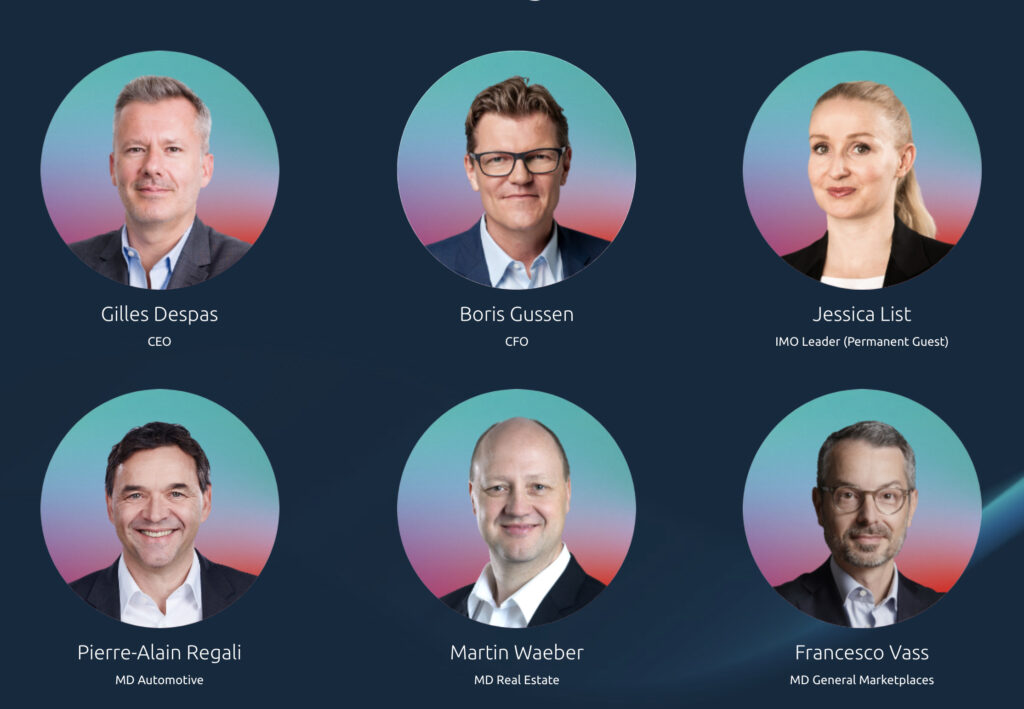En avril aussi, les loyers proposés ont augmenté de 0,3 point, soit 0,2 %, en moyenne nationale. La continuité sur le marché de la location se traduit donc encore par une légère hausse des prix dans les annonces de biens en location. On constate toutefois des différences régionales avec des reculs partiels, notamment dans le canton et la ville de Zurich. C’est ce que montrent les chiffres actuels de l’indice des loyers de Homegate.
L’indice des loyers de Homegate est utilisé par la plateforme immobilière homegate.ch en collaboration avec la Banque cantonale zurichoise (BCZ). Il mesure les variations mensuelles des loyers après correction des facteurs qualitatifs pour les appartements nouvellement mis ou remis en location sur la base des offres actuelles du marché. Par rapport au mois précédent, l’indice a augmenté de 0,3 point en avril et se situe désormais à 130.4 points (plus 0,2%). Par rapport à l’année précédente, les loyers proposés dans toute la Suisse ont augmenté de 2.0 %.
Évolutions dans les cantons
En ce qui concerne les cantons, les loyers proposés ont également majoritairement augmenté en avril. Appenzell a enregistré de loin la plus forte augmentation (+1,4 %; les cantons d’Appenzell sont regroupés), mais après des évolutions à la baisse au cours des trois derniers mois et avec une évolution toujours négative par rapport à l’année précédente (-0,4 %). Les loyers proposés ont enregistré une baisse encore plus forte par rapport à avril 2024 dans les Grisons (-1,5 %) et dans le canton de Schaffhouse (-0,8 %). Il est tout à fait inhabituel que, par rapport à l’année précédente, les loyers proposés soient en baisse dans plusieurs cantons. Par rapport au mois précédent, de telles fluctuations sont toutefois tout à fait plausibles en raison de l’évolution dynamique du marché locatif. En avril, on a pu observer cette situation notamment dans les cantons d’Uri (-0,9 %) et de Schaffhouse (-0,8 %) ainsi qu’à Zurich (-0,1 %).
Évolutions dans les villes
Dans les villes analysées, les loyers proposés varient également d’une région à l’autre, mais ils ont sans exception augmenté par rapport à l’année précédente, notamment à Lucerne (+5,8 %) et à Lugano (+4,6 %). Ce sont ces mêmes villes qui ont enregistré la plus forte hausse des loyers proposés en avril par rapport au mois précédent (Lugano +3,1 %, Lucerne +1,8 %). Cependant, les deux villes avaient eu tendance ces derniers mois à afficher des loyers plus bas qu’auparavant. Dans la ville de Zurich, les valeurs ont également baissé en avril (-0,4 %), et ce pour la deuxième fois consécutive.
Méthode de correction des facteurs qualitatifs
L’évolution des loyers proposés en Suisse s’effectue après correction de divers facteurs liés à la qualité, à l’emplacement et à la taille des appartements. L’avantage de cette méthode dite hédoniste réside dans le fait que l’indice reflète ainsi l’évolution réelle des loyers des logements neufs et des logements à relouer sur Homegate. L’indice des loyers de Homegate est le plus ancien en Suisse à être apuré des facteurs de qualité et est considéré comme une source de référence pour les professionnels de l’immobilier pour déterminer le prix d’objets locatifs.


